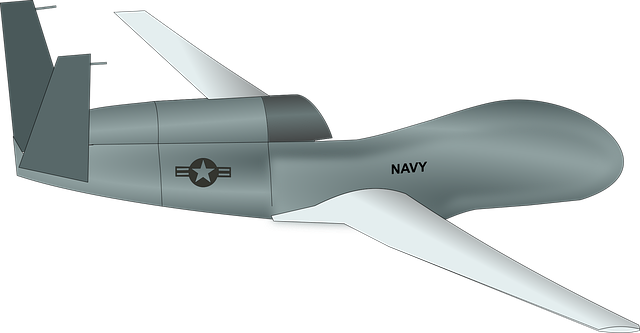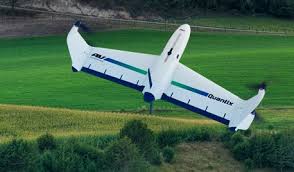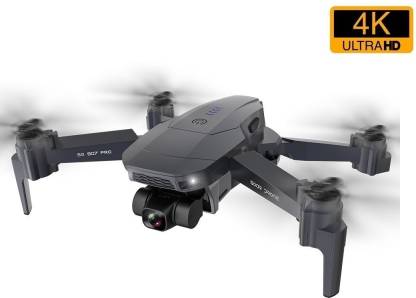
To understand the future of industrial drones, it's helpful to understand some of the key issues surrounding the technology. We'll be talking about Regulations. Sensors. Application. The Future. We'll also be discussing the challenges they present. This article is intended to give an overview of these issues, and to discuss how the industry ecosystems could help it grow. These drones are capable of changing the world. These drones can ultimately improve productivity, save lives, and lower costs.
Applications
Drones for industrial purposes have many uses. They can be used to aid in construction, inspection, and disaster relief. An industrial drone can be outfitted with sensors like lidar, ultrasonic distance, and laser. Time-of-flight sensors and chemical sensors are two other types of sensors. Multispectral sensors gather data at both visible wavelengths and invisible wavelengths. While visual sensors can capture still images or video, multispectral ones collect data at both visible as well as non-visible wavelengths. Thermal sensors can be used to monitor hot spots or to monitor security threats.
Drones can also be used to aid in operations, saving both time and money. This technology can remove humans from potentially dangerous situations, help to direct traffic, measure pollution levels, or conduct other tasks. These drones are versatile and growing in popularity. Drones are often used for dangerous or hazardous tasks, but they can also be used in entertainment and advertising. Commercial drones may be used to lift banners or perform light shows.
Sensors
Drones for industrial use can be flown over workplaces to collect data. The sensors of the drones can measure chemical compositions and ambient conditions. They can also inspect infrastructure and structures, including bridges, pipes, and power generation stations. Multiple sensors can be attached to a sensor pod. Remote control of the drone is possible, or you can have it piloted by an operator. Sensors help the industrial drone reach its goal and provide valuable information.

Multispectral sensors have an advantage in forest because they provide a spectral response to differentiate between trees or bushes. A hyperspectral camera can produce up to 200 different spectral bands per pixels. These types of sensors provide more information than ever and can collect data up to terabytes each flight. Multispectral scans are typically performed using a push-broom or whisk-broom technique.
Regulations
Companies operating industrial drones have to follow the regulations. The National Business Aviation Association has prepared a guideline for drone operators. The key findings of the CAAC trials are included in this guide. The regulations for drones should include weight, risk classes, and management systems. The guidelines also address foreign drone operators. However, companies and not the FAA must implement the guidelines.
To reduce regulatory burden regulators should tailor regulations to each type of operation. Many drone operations are carried out in unpopulated airspace, where there is little other aircraft, population, and property. Operations like crop monitoring may not require the same safety regulations that drones used for agricultural purposes. Operators should also prove that they have sufficient experience with the technology and are willing to make investments in it. While regulations regarding industrial drones should be flexible they should not inhibit the growth of America's commercial drone industry.
Future
Drones are increasingly being used in various fields, including agriculture and construction. They are already being used in many disaster areas as well as pesticide spraying. They are also used in construction, power line inspection and academic research. Future industrial drones will be used to inspect powerlines as well as assess the quality of land. There are many applications for industrial drones. You can learn more about these new technologies by reading on.

In the near future, drones in industrial applications could reduce costs and increase efficiency for businesses. They are able to cut costs and increase efficiency, as well as improve accuracy and customer service. They can even solve global security problems. Drone technology is now a popular trend. Many businesses are beginning to see the value of using drone technology. These drones already have a proven track record and will only continue to improve productivity.
FAQ
Where are Drones Banned?
The FAA has banned drones from flying near airports, stadiums, sporting events, nuclear power plants, hospitals, prisons, and other restricted areas. They are allowed to fly at night by using GPS technology.
How do I keep drones away from my house?
Drones are becoming more popular for home security and surveillance. Install motion sensors on your property to detect any unapproved flying objects. This will help you avoid being attacked by drones.
Traveling with a Drone?
Drones have become increasingly popular for commercial and personal purposes. They can be used for photography, filming and aerial mapping. The FAA has recently approved several new drone regulations, which include requirements for registration, licensing, pilot training, and insurance. These modifications will ensure that drones remain safe and secure for all involved.
Statistics
- With the top 10% making over $100/h and the bottom 10% making as low as $10/h. (dronesgator.com)
- According to industry research from ZipRecruiter , there are 10 cities where the typical salary for a Drone Pilot job is above the national average. (dronesgator.com)
- According to the multiple listing service (MLS), houses and apartments with drone photographs are up to 68 percent more likely to sell than those without pictures. (thedroneu.com)
External Links
How To
How to Fly Drones for Beginners
A drone is an unmanned aerial vehicle that can be remotely controlled and used for surveillance, aerial photography, film production, research, and other hobby purposes. Drones have been in use since World War II. DJI introduced their Phantom series of quadcopters in 2010, but commercial use only began in 2010. Since then, there have been many different types of drones available, from beginner-friendly models like the Parrot AR Drone 2.0 to professional-grade multi-rotor craft like the DJI Mavic Pro.
There are many ways to fly a drone.
-
Remote control – This is when you attach a device to your hand that allows you to control the drone's flight path. There are two main types of controllers: On/Off switches (like a radio) and joysticks.
-
Manual Control - Using a smartphone app, this method allows users to remotely operate the drone via GPS coordinates. The app will provide instructions and help you to locate the drone.
-
Autonomous flight - The drone takes over the piloting duties. It allows the drone to fly independently without any human intervention. A drone must have a builtin camera and sensors capable to capture images and other data.
-
Triggered Flight: This is similar in concept to manual control. The pilot manually creates a route and the drone then follows it until it reaches that endpoint. The drone automatically lands once the route has been completed and returns to the base.
-
Landing Gear – Some drones are equipped with landing gear, which allows them to safely land if they lose power during flight.
-
Goggles – Pilots often wear goggles while flying to keep themselves safe from any debris.
-
Camera - You can capture photos and videos with your drone from the air.
-
Obstacles – Some drones have obstacle avoidance systems that stop them from colliding with obstacles.
-
Speed - Some drones can travel at speeds over 40 mph.
-
Battery Life – Most drones will last 20 minutes to three hours depending on how powerful they are.
-
Range - Some drones can travel upto 30 miles depending on their models.
-
Power source – Some drones require external power sources, others require internal batteries.
-
Weight - Some drones weigh less than 1 pound, whereas other models weigh up to 4 pounds.
-
Size - From small drones that can be carried in the palm of one's hand to larger drones that weigh over 50 pounds, drones come in a variety of sizes.
-
Price - All drones fall within a specific price range, from high-end models that can cost thousands of dollars to lower-cost options starting at $100.